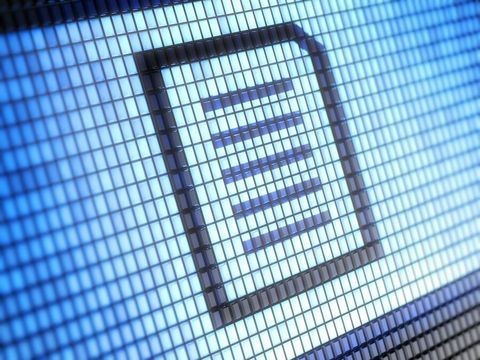Tax: Tax Credits Face Increased Enforcement Activity
Publication | 01.10.24
The IRS has been underfunded for many years, but that changed significantly with the landmark Inflation Reduction Act of 2022 (IRA), which gave the agency an additional $80 billion to be spent over 10 years. Unlike annual congressional allocations, this has allowed the IRS to make long-term investments and plans. It is clear the agency’s strategy includes heightened scrutiny for various corporate tax credits.
One target of this scrutiny will be the research and development credits given to companies under Section 41 of the IRS code. These have long been a focus of the IRS, but that focus is now growing more intense. In 2020, the IRS added “Research Issues” to its list of Large Business and International Campaigns, a clear signal that there is going to be additional IRS activity in the area, says Crowell & Moring partner Carina Federico. Problems with R&D credits are often resolved through the audit and IRS appeals processes, but a lot of corporations end up litigating these issues in court, and we’ll be seeing more of that in the near future as these cases work their way through the system.
Some members of Congress have expressed concern in the media about the potential for fraud with such large dollar amounts at stake.
— Carina Federico
Meanwhile, the Employee Retention Credit, created to help companies through the pandemic, was placed on the IRS “Dirty Dozen” list in March 2023, marking it as an area in which the IRS plans to increase its enforcement and audit efforts to identify fraud. Since 2020, the agency has uncovered a number of cases of ERC fraud and of vendors running scams offering to help companies obtain the credit. In addition, applications for the ERC—which can be filed through 2025—spiked dramatically in 2023, with hundreds of thousands coming in. All of this has created concerns that many claims might be fraudulent, and in September, the IRS ordered a moratorium on new claims for at least three months. “This pause is allowing them to conduct more extensive audits and reviews on ERC claims, which will likely lead to litigation of fraudulent claims in both Tax Court and U.S. District Courts in the coming months and years,” Federico says.
Finally, the IRA provided $300 billion across 24 clean energy tax credits, including tax credits for producing and using clean energy, a figure that is worrying to some. “Some members of Congress have expressed concern in the media about the potential for fraud with such large dollar amounts at stake,” says Federico. At the same time, Treasury and the IRS are still working on guidance for the credits. Because of this, she says, “the IRS is likely to put substantial efforts into clean energy tax credit audits in the upcoming years to ensure compliance and combat fraud.”
One area of focus will be a change in who can use clean energy tax credits. Previously, companies were limited to taking them for their own actions, but the IRA now allows them to sell them to other companies wanting to offset their tax liabilities.
Overall, the IRA’s tax credits are complicated and new. “That means there’s going to be a lot of learning about how they work,” says Federico. “And some of that learning is going to take place in court.”
Insights
Publication | 04.21.25
Long Trials Require In-House Counsel To Be The Lead Coordinator
Publication | 03.24.25



